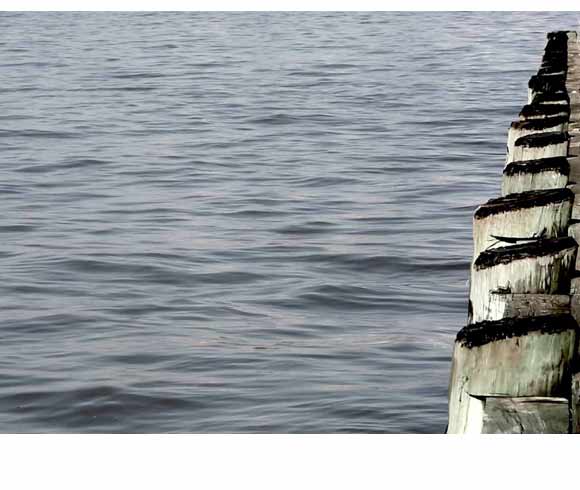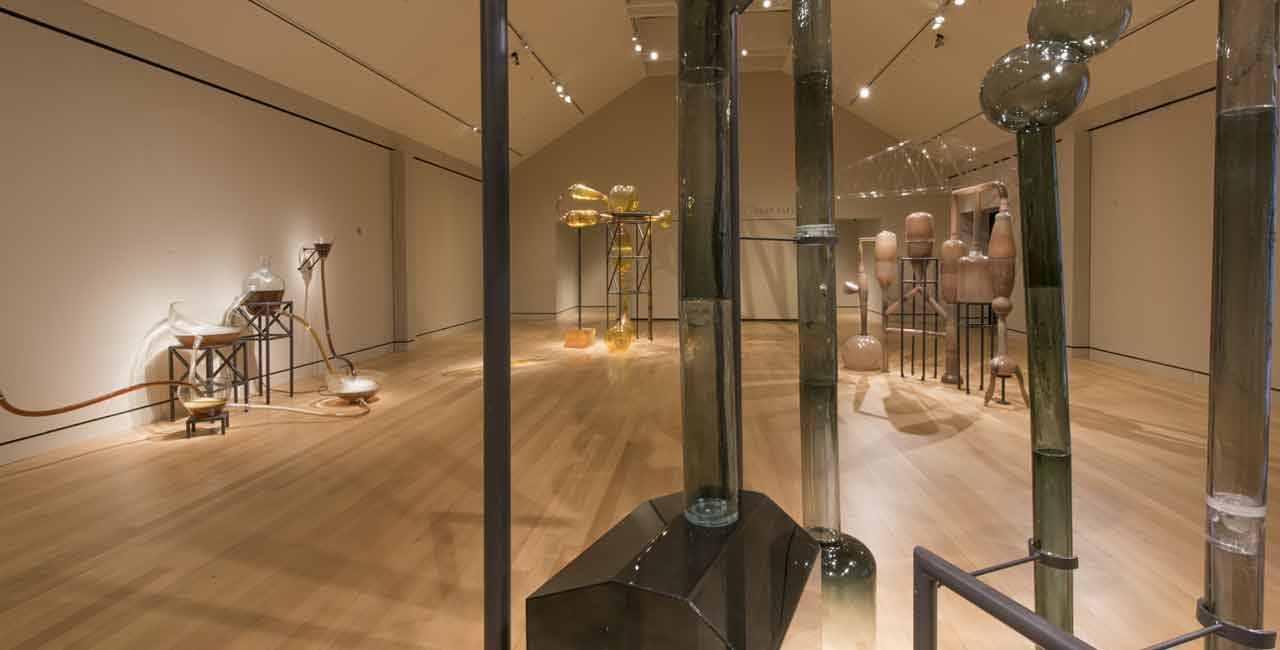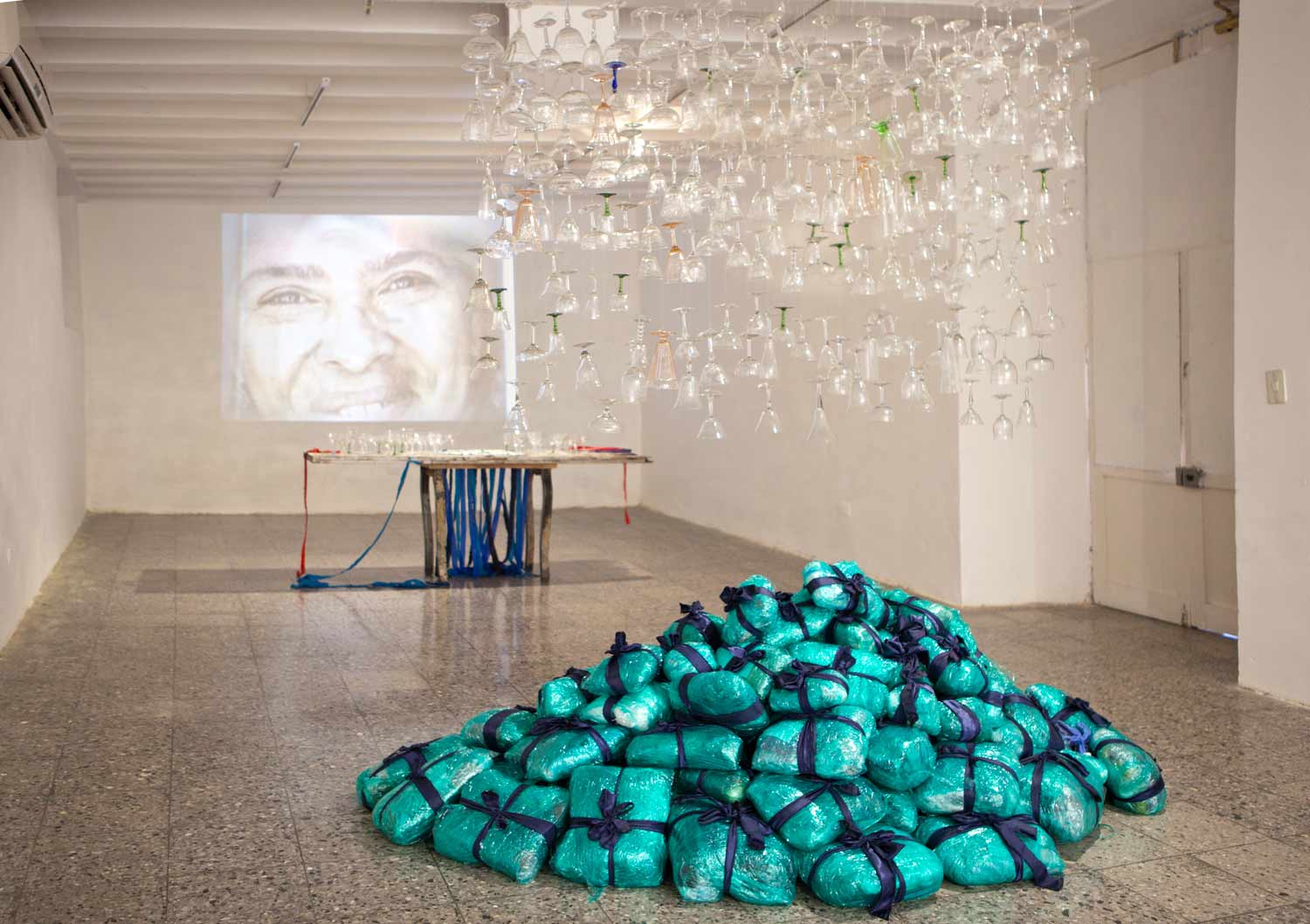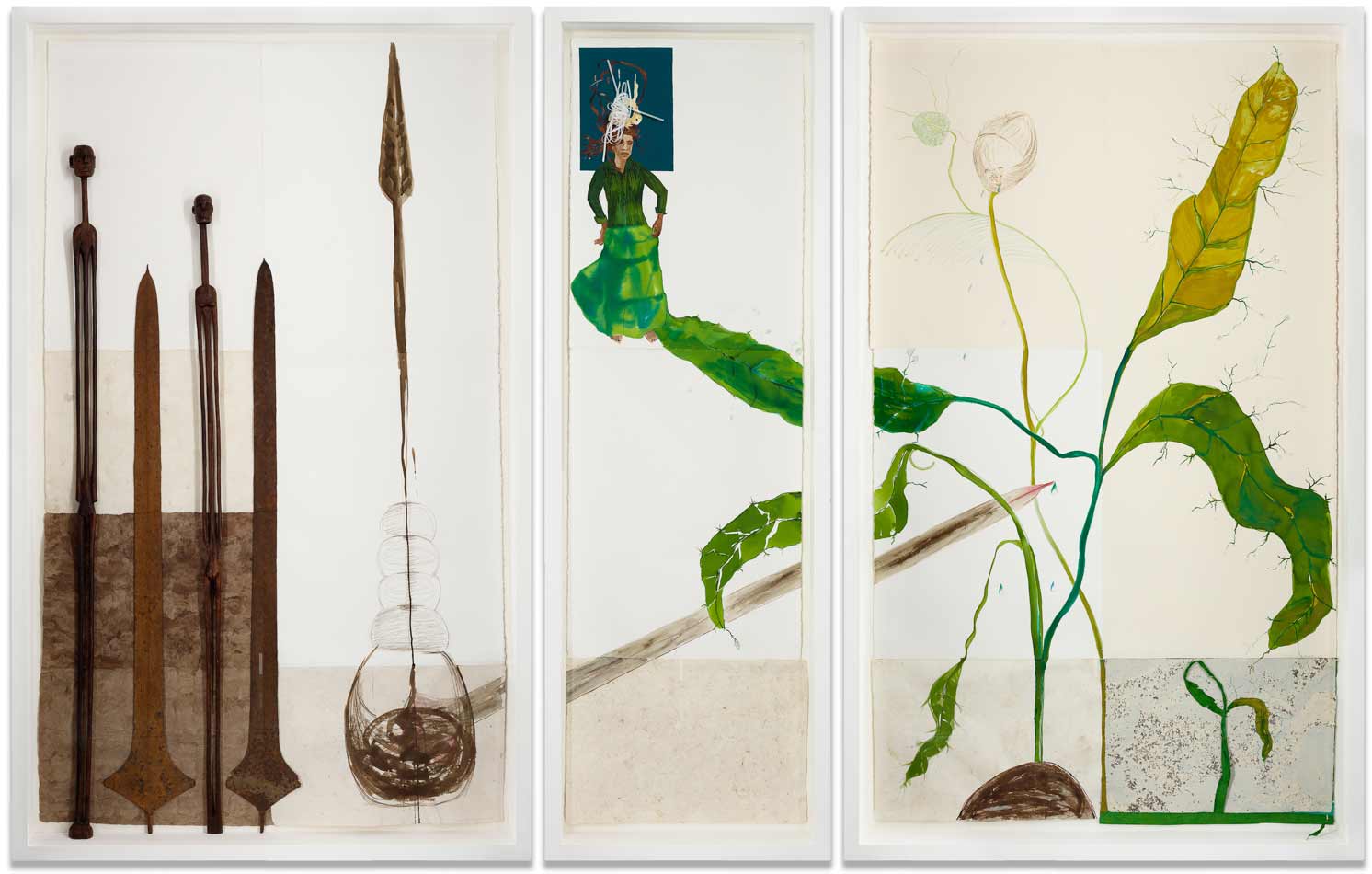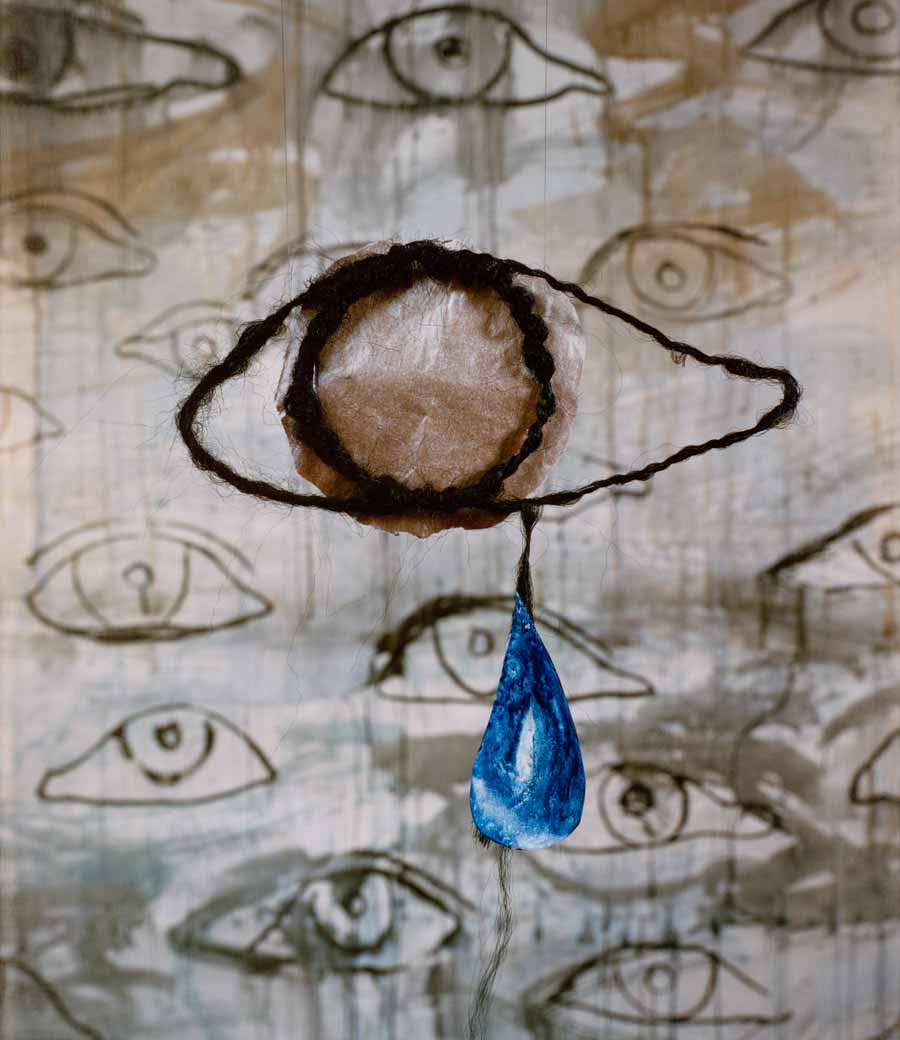A third element of Campos-Pons's recent work relates to her treatment of her Cuban homeland, whether it is the sugar industry of La Vega or the complex issues of disruption, relocation, and freedom of movement that inspire other installations, such as 53+1=54+1=55/La Letra del Año presented at the 2013 Venice Biennale and Llegooo! Fefa! "Family Abroad" from the 2012 Havana Biennale (Figure 15). Such subject matter was at the heart of the artist's practice in the early 1990s, when her double exile was fresh and raw—as it continues to be today. The difference is the way the artist treats the material at this point in her career. At a time when Campos-Pons is once again able to travel with relative freedom back and forth to Cuba, when the end to the U.S. trade embargo against Cuba is in sight, it is possible to observe in her works an apparent reduction in the pain of distance. This presents itself in her art in different ways, in some pieces through a quieter, more muted reflection on hope and sorrow, and in others, through references that rely more on the suggestive and conceptual than on the literal and direct.
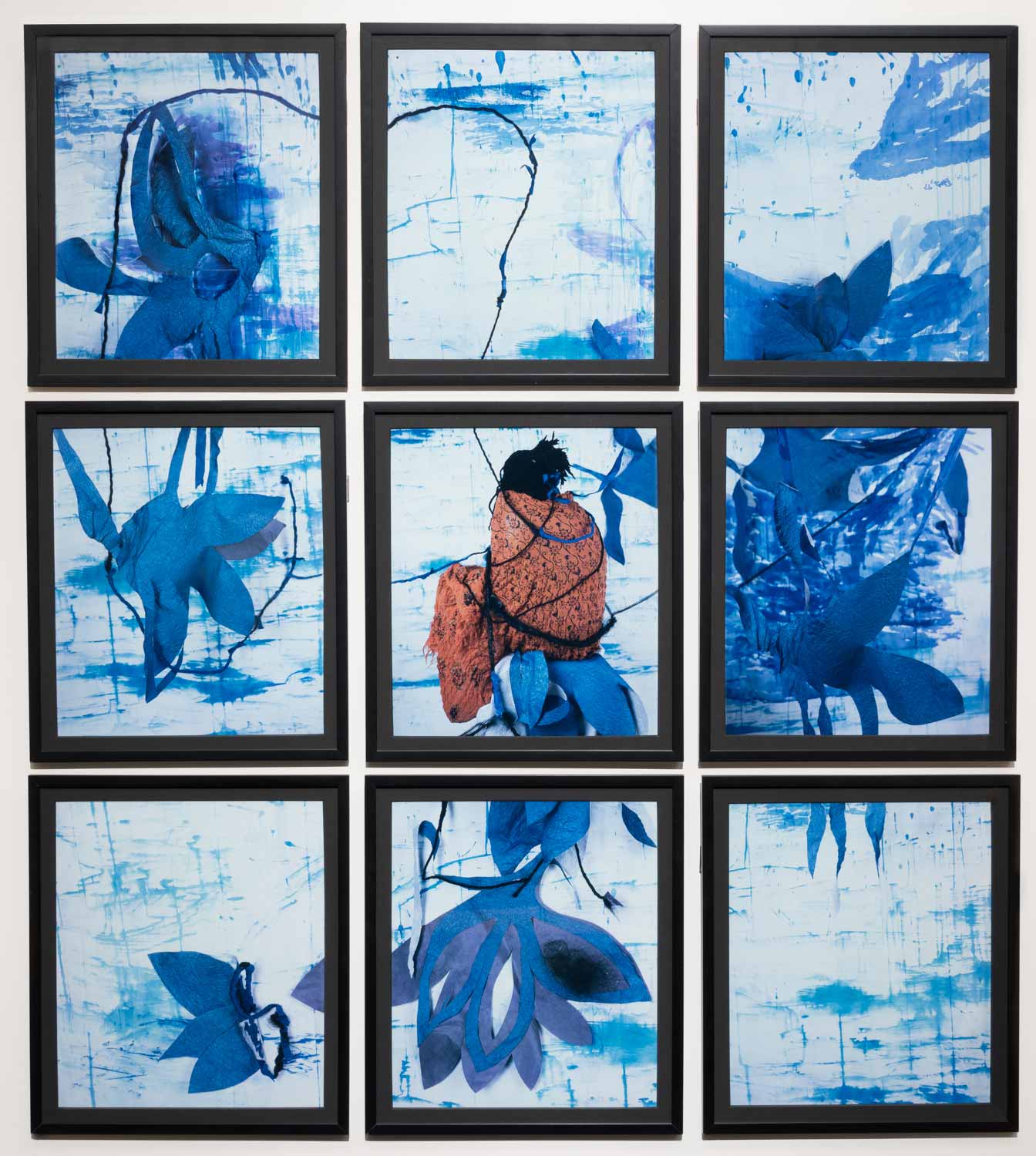
Figure 16 | Blue Refuge, 2008, 9 dye diffusion transfer (Polaroid) prints, 24 × 20 in. (61 × 50.8 cm) each, deCordova Sculpture Park and Museum, Museum Purchase with funds provided by members of the deCordova Collections and Exhibitions Committee and the Frederick P. Walkey Fund, a gift of the Stephen and Sybil Stone Foundation, 2009. Photo by Kathy Tarantola/PEM.
A number of the pieces included in the current exhibition reflect all three of these evolving elements in Campos-Pons's work. Blue Refuge (2008) is an example (Figure 16). Blue Refuge is a polyptych made up of nine large-scale Polaroid photographs set in a three-by-three grid pattern. The work was part of a series created by Campos-Pons for a 2008 exhibition entitled The Other Side/La Otra Orilla at the Julie Saul Gallery in New York. The central panel of the work depicts a female figure suspended in a precarious structure surrounded by ice. She is shown from the rear, her face hidden from view. The woman's entire body is wrapped by a cloth, which is, in turn, encircled by a ropelike hair extension that winds around her form. The extension then transits the panels above and beside her. The bright orange cloth enveloping the solitary figure stands out in sharp contrast to the icy blues and grays that permeate the rest of the work.
Is the woman being bound by the rope of hair, or protected by it? A hint can be found in the title of the piece. This is a refuge, and the figure is finding protection in the midst of what the artist describes as a perfect winter storm. Campos-Pons created Blue Refuge as a comment on her longing for sunlight and her engagement with the stillness and silence of the New England winter. In addition to ice, the figure is surrounded by large blossoms, each one the size of her body. The inspiration for these forms is the blossom of the epiphyllum plant, a nightblooming cactus that she keeps in her house and that is said to bloom only once a year for twenty-four hours. In Campos-Pons's case, she owned the plant for thirteen years before it bloomed for the first time. The artist sees the plant as a metaphor for the practice of art making: "you produce a lot, you keep watering your plant, you keep trusting that it is going to give you a flower, and maybe it takes a [number] of years to get the first blossom." Perhaps the use of the epiphyllum as a dominant image in the Blue Refuge also reflects a hope that a kind of refuge can eventually be found for the artist, not only in Cuba but within the wintry weather of her adopted New England home.
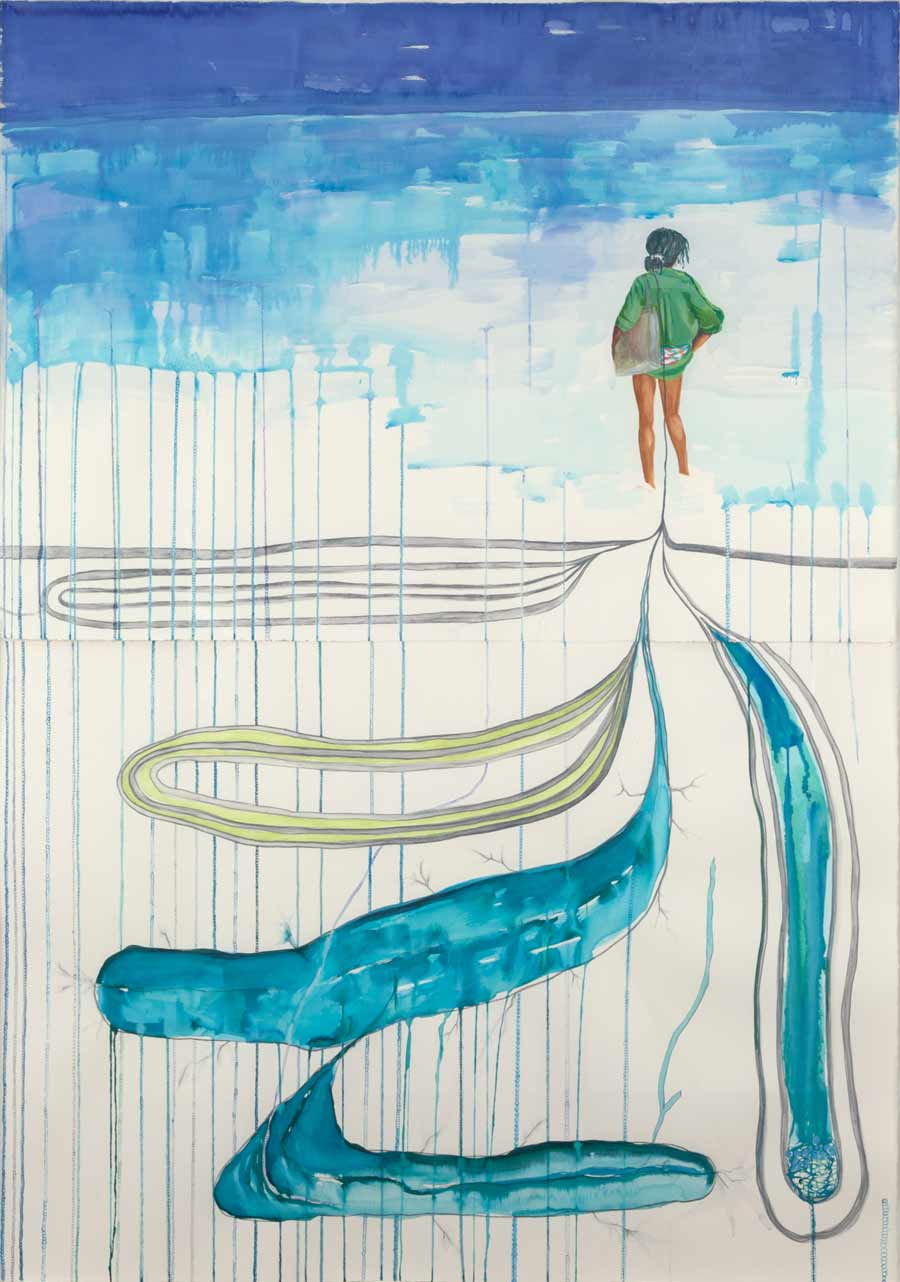
Figure 17 | Thinking of It, 2008, watercolor, gouache, ink, and pencil on paper, 73 × 51 5/8 in. (185.4 × 131.1 cm), Shelley and Donald Rubin Private Collection. Courtesy of the Shelley and Donald Rubin Foundation.
Similar themes related to longing, distance, and a sense of place are found in a pair of works created as part of the same 2008 exhibition: Thinking of It and Dreaming of an Island (Figures 17 and 18). The pieces share closely related compositions presenting the figure of a black woman looking from the shore out to sea. Both are large in scale, though of different media. Thinking of It is a painting, rendered in ink, pencil, and watercolor. The figure, located in the upper right corner of the work, is dressed up and carrying a day bag, her back to the viewer as she looks out to an empty horizon. The woman appears lost in contemplation, wondering, one presumes, what is just out of line of sight. There is no way to know for certain whether she stands on a Cuban shore staring out, or is looking vainly from a different coast toward her homeland. Growing out from her hair is an extension that transforms into gigantic leaves of seaweed. Again, has Campos-Pons provided a clue about location? Seaweed like this cannot be found in Cuba, but often festoons the rocky coastlines of northern New England. "I saw seaweed that large, that big, in coastal Maine," the artist says. "On the shore of Cuba you never see seaweed that big. They were eight, ten feet long—huge leaves. I think they looked like banana leaves, from the water. And I was intrigued by that particular form, organic, large, and mysterious. But they are [shown in the work] as an extension of a woman." The intentional ambiguity in regard to place complicates interpretation. Considering Thinking of It in relation to the third work, Dreaming of an Island, allows the artist's intentions to come into clearer focus.
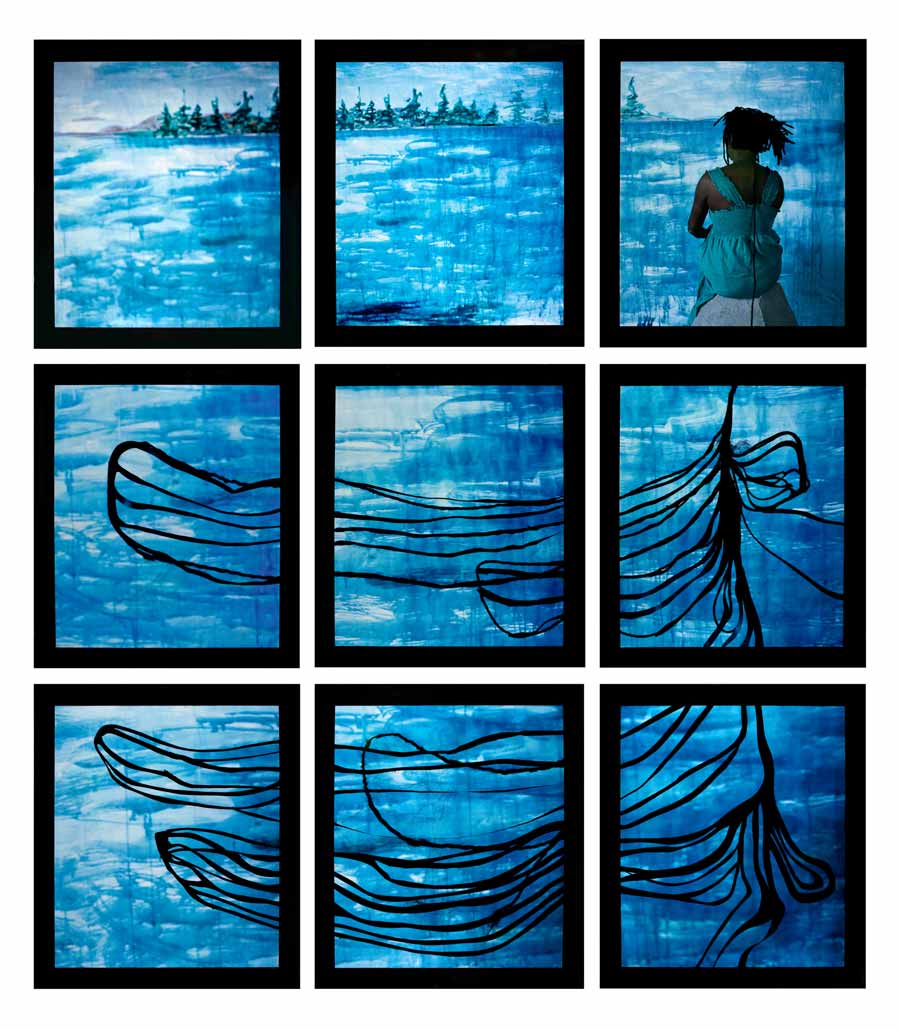
Figure 18 | Dreaming of an Island, 2008, 9 dye diffusion transfer (Polaroid) prints, 24 × 20 in. (61 × 50.8 cm) each, von Christierson Collection. Courtesy of the von Christierson Collection.
Dreaming of an Island is a Polaroid-based work, which, like Blue Refuge, is formed by nine photographs mounted in a large three-by-three grid. Here, too, the artist has rendered a black female figure in the upper right of the composition, seated in this image, rather than standing. As in Thinking of It, a hair extension flows down her back, transforming into large, wavy seaweed leaves that dominate the lower six panels of the work. The horizon in Dreaming of an Island is not empty, however. The figure looks out toward an island in the middle distance. The island's vegetation is not the palm and ceiba trees of Cuba, but rather the pine trees of the Maine coast. Ambiguity of location has been shed. Campos-Pons has revealed to us that the image represents a northern coastal scene.
These three works suggest a different attitude toward the context of the diasporic imagination than has characterized much of the artist's career. As with other recent examples, they revolve around Cuba—connection to the island, distance from the island. But what is new is the relationship to these issues of distance. Since 2001, the artist has been able to go back and forth between the United States and Cuba and has even become something of an artist celebrity in her homeland. Her forced exile is over. The emotional quality reflected in these works suggests that disruption and dislocation may have been replaced by less raw emotions of longing and dreaming. Referring to the figure in Blue Refuge, Campos-Pons comments, "finally, she has found comfort in this strange new land and there is tremendous beauty in the juxtaposition." The notion that Campos-Pons has, herself, found some comfort in her adopted home does not appear far-fetched.
